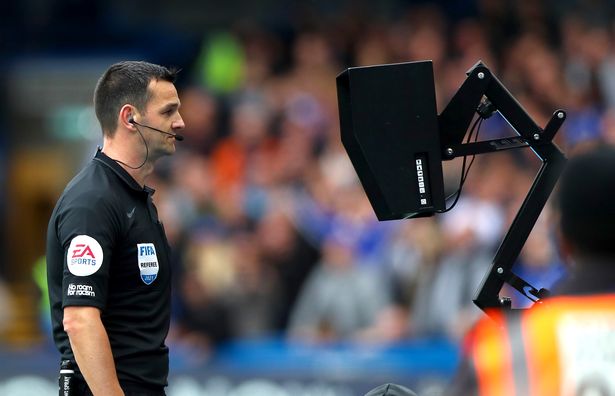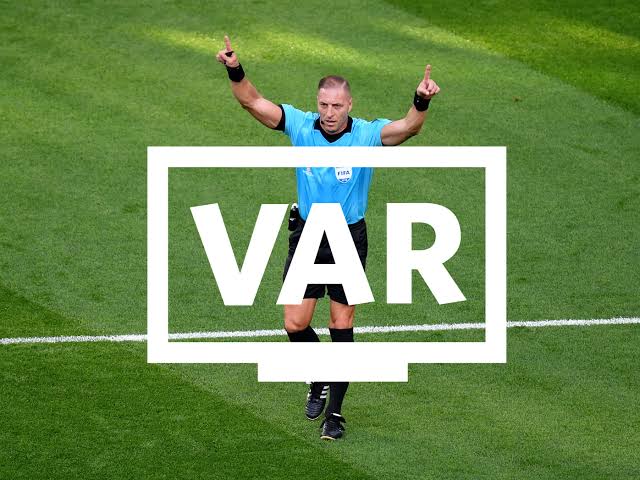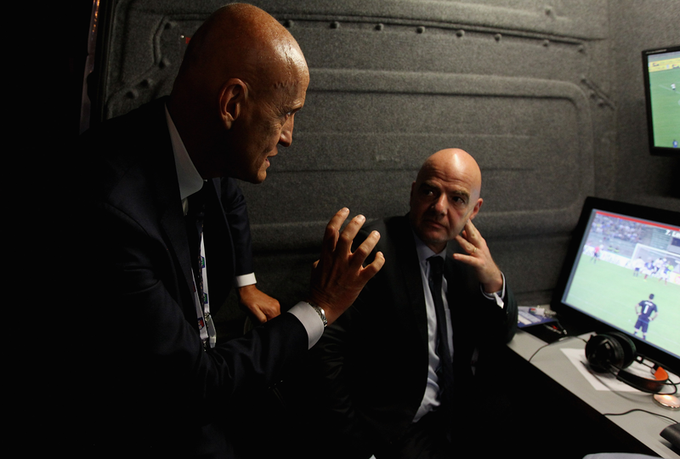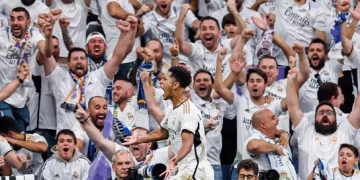The Video Assistant Referee (VAR) was introduced into world football during the directives of the Federation of International Football Association’s (FIFA) President, Gianni Infantino on the 1st of September, 2016.

Four cameras are used by four replay operators to choose and deliver the best camera views during a football game as part of the new technology that helps referees in their decisions, the new technology will speed up decision-making, cut down on the time needed to verify if a goal was scored correctly, and automatically send photographs of every instance of offside to video match officials.
Some football enthusiasts reported at the time on September, 1st, 2016 that VAR would bring the “end of football” after its inception, but after six years on, it is now part of the fabric of our sport, and it is hard to imagine football without it.

The FIFA World Cup 2018 in Russia pioneered the introduction of VAR; in Qatar in 2022, it will be enhanced to include semi-automated offside technology, with the help of the “connected ball,” which pinpoints the precise moment of touch, and the tracking system, which identifies the precise positions of the players, Semi-Automated Offside Technology (SAOT) collaborates with VAR and the referees to improve accuracy.
Pierluigi Collina, a former football referee from Italy, glances back on the six years that have passed since he and current president Gianni Infantino first demonstrated VAR operating mode at a Bari stadium in 2014 and attended an IFAB meeting in Belfast when the concept was first discussed.

Collina at the official FIFA website, “Gianni and I always had a lot of faith that VAR would succeed and improve the fairness of football games. “Gianni and I always had great confidence that VAR would be a success and bring more fairness to football matches. We have been proven right in this respect. However, since 2018 we have not been resting on our laurels. VAR has been one of the biggest changes in the history of football, so it is understandable that it takes people time to comprehend and appreciate it.”






















